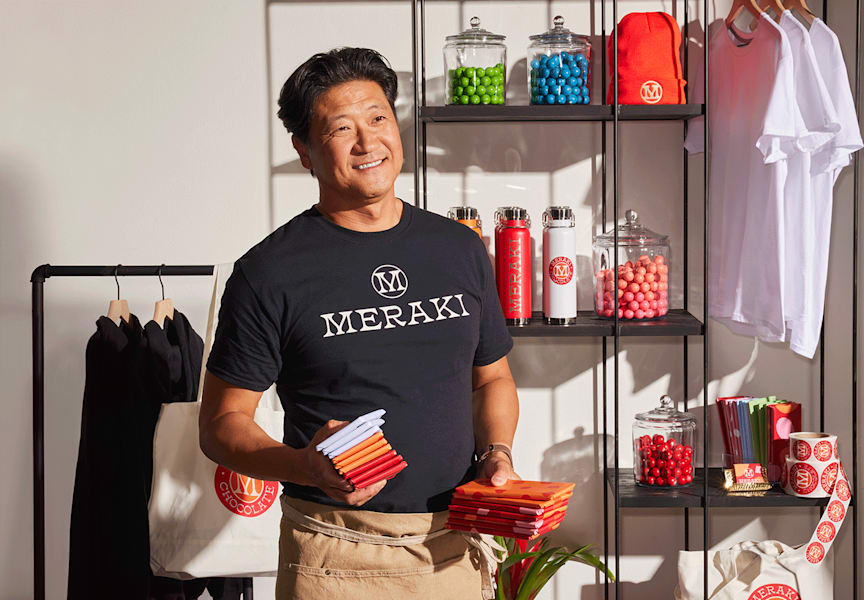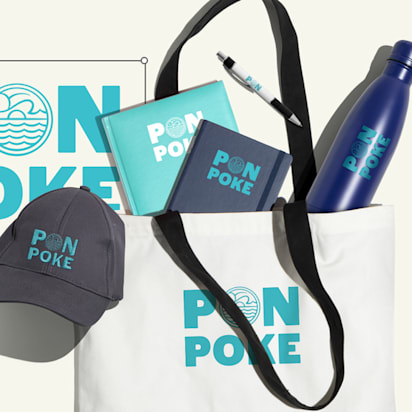Branding shapes how people see your business. It’s the way your brand talks, looks and makes customers feel across every interaction. The types of branding include product and service branding as well as corporate and conscious branding. Applying the right branding type helps your business be more consistent, trustworthy and memorable. This article breaks down 10 main types of branding—you’ll learn what each type means, why a strong brand strategy matters and how to apply each type to build a brand people recognize and return to.
- Branding types include personal, product, service, corporate, retail, online, offline, cultural, geographic, conscious and local branding.
- Most businesses use a mix of branding types. You don’t have to rely on just one to make an impact.
- Strong branding builds trust. People are more likely to choose a brand that feels familiar and reliable.
- Every brand touchpoint should be cohesive. When customers see consistent branding, they remember your business faster.
- Understanding your target audience and doing market research helps tailor your visuals and messaging, creating strong branding.
What is branding and why is it important?
Branding is the ongoing process of shaping how people think and feel about a business. It’s how you express your brand mission, values, story and personality through visual branding (like your logo and brand colors), brand messaging, voice and customer experience. Strong branding helps customers understand what sets your business apart from competitors and builds brand awareness, recognition, trust and loyalty over time.
The process of branding involves five steps: building a branding strategy, market research, developing a brand identity, creating a brand style guide and ensuring consistency.
Branding is important because it:
- Helps your brand look polished and professional from day one, building trust and credibility.
- Communicates your company’s core values, purpose and personality across every interaction.
- Gives your business focus, helping make decisions that align with your mission and brand values.
- Creates emotional connections with customers, turning transactions into relationships.
- Guides your marketing strategy, making every message, design and campaign feel cohesive.
- Makes your business easier to recognize and builds trust and brand loyalty.
- Signals who your product or service was created for, helping to attract your target audience.
- Helps businesses to stand out from competitors in a crowded market.
If you want to dig deeper into the “why” and “how” behind great branding, explore the history of branding.
The 10 types of branding
Which types of branding should small businesses be applying? We’ll break down the most common branding types so you understand how they can be applied independently or used together to connect with customers both online and offline.

1. Personal branding
With personal branding, you are the brand. Your unique voice and personality are what make people want to work with you. This type of branding is relevant for freelancers, consultants and business owners who rely on trust and reputation. When customers feel like they know you personally, choosing you becomes easy.
Creating a personal brand is all about showing up as yourself in a consistent and memorable way. That could mean using a familiar warm tone of voice in your email newsletters and social media captions, choosing brand colors that feel like “you” and sharing what you care about beyond your business. When people connect with your story, not just your skills, you become more relatable and approachable.
How to create a personal brand
Start by defining what you want to be known for. Highlight your personality and values so people understand what makes you different. Use imagery, brand colors and fonts consistently across your website and social media channels. Most importantly, share your story in your own voice. You’re building a brand around a person—you—so communicate what makes you unique.
2. Product branding
Product branding is how products look, feel and are remembered. This branding type covers product packaging, naming, design, materials and the overall product experience. When consumers can recognize your product on a shelf or in a social media feed in just a second or two, that’s strong product branding at work.
Think about how customers interact with specific products at every touchpoint. The colors and textures you use tell a story and give cues about quality. Even the way a box opens or a label hangs can make a product feel special. These design choices help communicate what the product stands for and who it’s meant for.
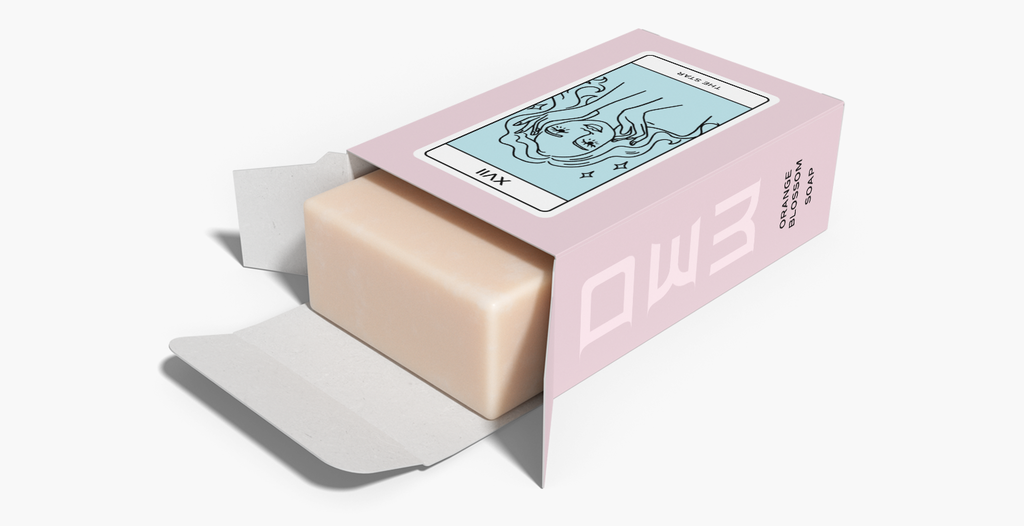
Take a handmade soap brand, for example. Kraft paper with botanical illustrations and a simple stamp can signal that the product is natural and gentle. Meanwhile, a furniture brand that uses serif fonts in its marketing and rich textures in its fabrics communicates luxury. Every design detail is designed to attract the right buyer and spark an emotional connection with the brand.
How to apply product branding
Create a product experience that tells your brand story from the first glance. Start with packaging that reflects your company’s personality through color, typography and materials. Add small, thoughtful details like custom labels or thank-you cards to make unboxing memorable. Keep your logo, tone and visual elements consistent across every product line so customers instantly recognize your brand whether they see it on a shelf, online or in someone’s home.
Design with your specific target buyer in mind. This is called niche marketing and tailors visuals to a focused audience.
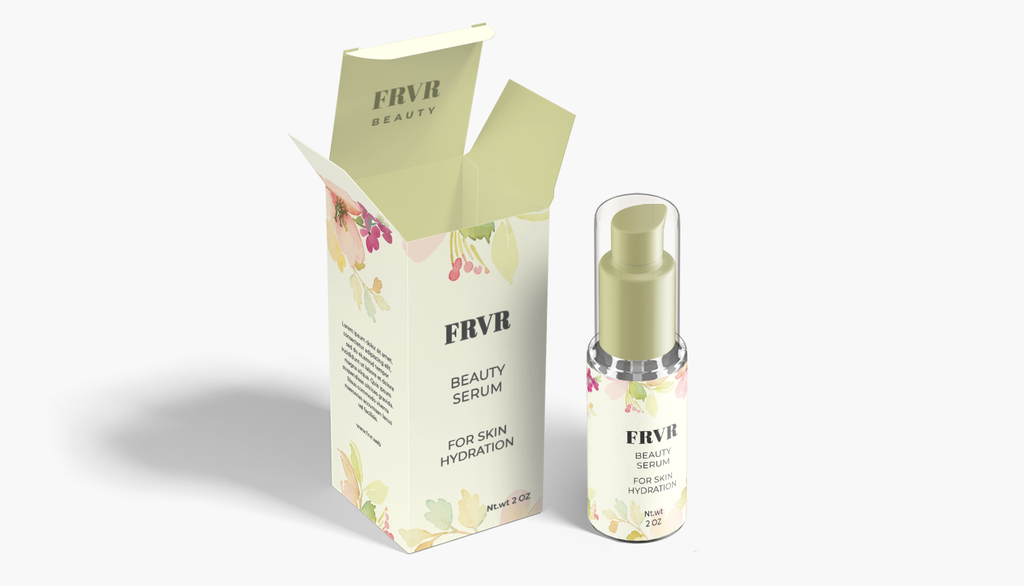
Co-branding
When two brands team up to launch a product or service together, that’s co-branding in action. It combines two audiences to help you reach potential customers who are likely to be interested in what you offer.
3. Service branding
Unlike products, which are easy to brand in tangible ways, services are more challenging to brand. People want quick, efficient, friendly service and in some industries, simply providing exceptional customer service consistently is enough. If you keep meeting specific expectations, you teach customers to associate your brand with a certain experience, driving them to keep coming back for the same level of service.
What clients remember most is how you made them feel. That could be the friendly greeting at the door, the speed with which you solved a problem or the customer support you provided afterward. Service branding shapes those moments so the experience feels as intentional as any visual design choices.
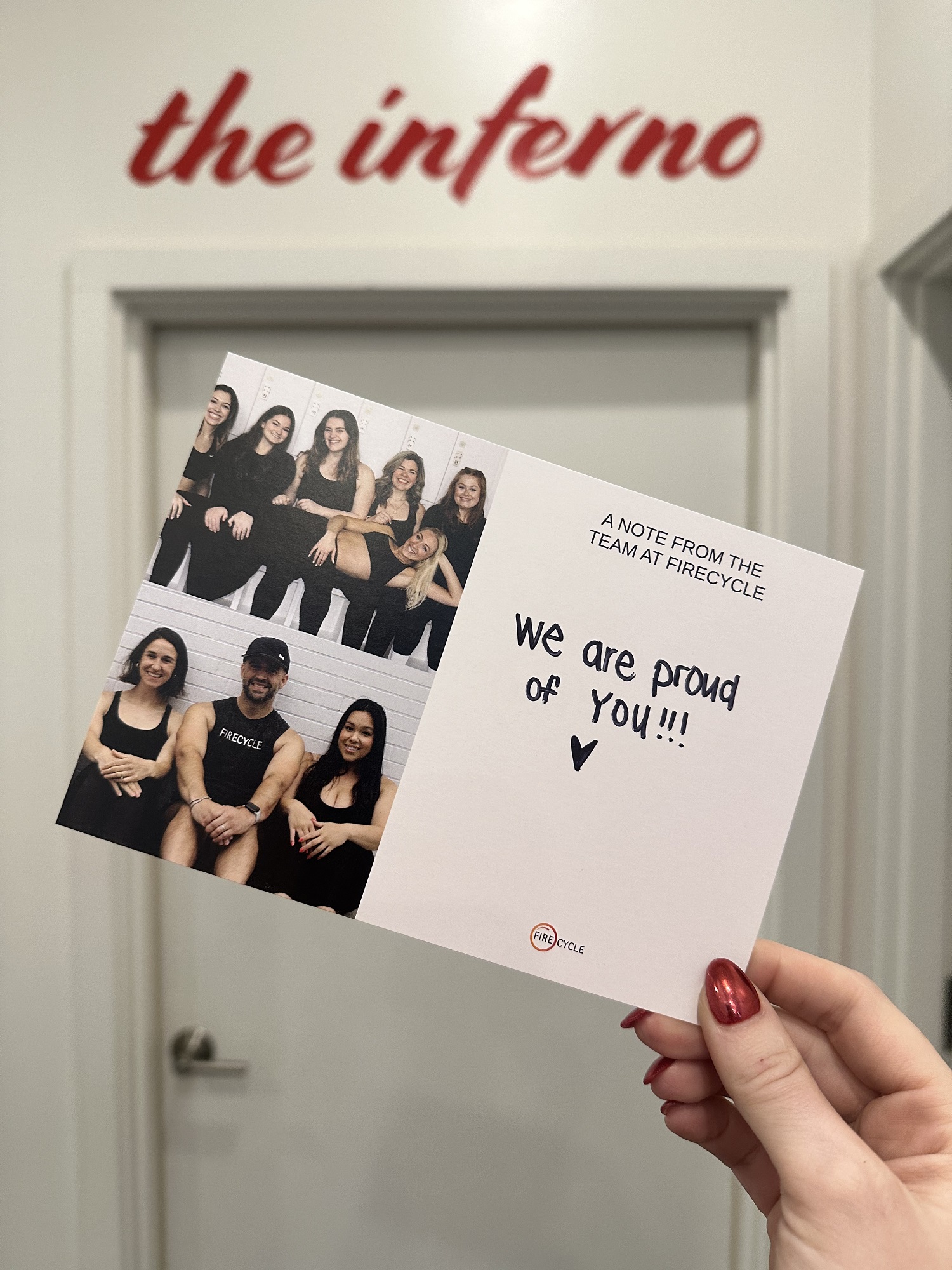
How to apply service branding
Make every step of the experience smooth and personable from the first interaction to the last. A handwritten note, follow-up or check-in email shows customers you care beyond the sale. You can collect customer reviews and reuse recurring language in your brand messaging so your brand voice reflects real customer language.
Strong service branding is one of the most powerful ways to encourage loyal customers and spark word-of-mouth referrals.
4. Corporate branding
Corporate branding expresses a company’s mission, brand values and culture. It shows up in everything from a company slogan, brand promise and what’s included in a press release to the way you respond to customer emails and how you treat your team behind the scenes. Strong corporate branding helps people understand what your business stands for and why they should trust you. It influences how employees feel about coming to work and how customers feel about supporting you.
Make sure your external messaging and public image matches your internal culture. When you live your values through real actions, your brand feels authentic and people notice.
How to apply corporate branding
Corporate branding is how a company conducts itself socially and professionally, like responding to current events, its recruiting efforts and company culture, which affect brand perception. For example, a business that invests in sustainability or partners with local charities communicates that it cares about more than profit.
5. Retail branding
Retail branding is all about what customers experience from the moment they walk through the door. The sights, sounds and what staff wear all help communicate your brand. A well-branded store makes people feel something right away, whether that’s excitement, calm or luxury.

How to apply retail branding
Everything in a retail space works together to tell your brand story, including the store layout, signage, staff uniforms, lighting and music, which reinforce who you are, what you value and what kind of experience customers can expect.
For example, a playful brand might use bright signs and uniforms with fun fonts, while a more premium brand might use neutral colors and soft textures so the space feels high-end and calm. In both cases, customers know exactly what kind of brand they are dealing with simply by stepping inside.
6. Online branding
Your online presence is the digital version of your storefront and often customers’ first interaction with your business. Online branding brings your brand look and voice to life across everything you do digitally, including your website, social media profiles, email newsletters and even how you show up in search results.
Online branding helps guide people smoothly from discovering you to buying from you. Strong online branding makes your business look credible right away and reassures people that they can trust you. When customers see consistent branding online and offline, they feel more confident taking the next step, whether that’s booking an appointment or adding something to their cart.

How to apply online branding
Keep your color palette and brand voice consistent across every online channel so your brand is recognizable. Make CTAs clear and easy to click so no one wonders what to do next. Finally, make sure your website works well on mobile since that’s where many customers browse online.
7. Offline branding
Offline branding is every tangible element customers engage with, from your business cards to event signage. These real-world touchpoints leave a lasting impression and help customers remember your business. Effective offline branding reinforces who you are every time someone encounters your business in person.
How to apply offline branding
Offline branding strategies involve business cards, flyers, brochures, trade show displays, custom T-shirts and other branded apparel, and branded merchandise like stickers or reusable coffee cups.
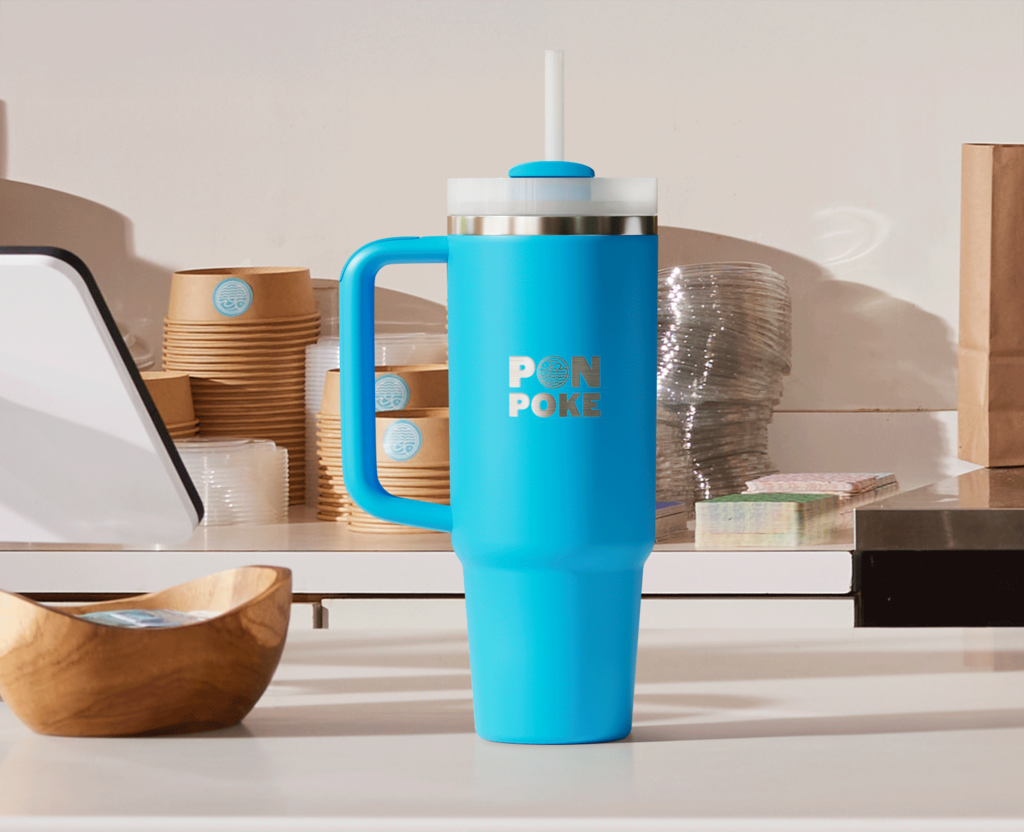
When your printed materials align visually with your website and social presence, your brand becomes easier to recognize.

8. Cultural and geographical branding
Cultural and geographic branding express the distinct identity of a specific place or culture. These types of branding are relevant to the hospitality and tourism industry, where places are sold to people through what makes them meaningful, whether that’s a national monument or a cultural tradition.
Geographical branding focuses on the identity of a country, city or region. Geographical branding examples include “I ♥ NY,” which instantly communicates New York’s bold energy, Paris’ use of Eiffel Tower imagery to brand itself and Japan being represented by Mount Fuji as its recognizable national symbol.
Cultural branding draws from local stories, art, food, music or craftsmanship. It could be a restaurant inspired by regional culinary traditions or a shop that sells products handmade by local artisans. These branding choices connect customers to the cultural experience and values behind the brand, not just the product itself.
How to apply cultural and geographical branding
Start by highlighting what makes your location or culture unique, using colors, imagery, language, traditions and landmarks so customers instantly get a sense of where your brand comes from. Partner with local artists, suppliers or community groups for authenticity. Make sure every touchpoint, from signage to packaging, feels connected to your story so customers experience a genuine sense of place when they interact with your brand.
9. Conscious branding
Conscious branding is when a business puts its values front and center, aligning its brand with ethical, social or environmental values. When people know what you stand for, they feel good about supporting your business. It’s about making a positive impact, which in turn positively impacts brand perception. When conscious branding is done right, it builds long-term brand loyalty because customers feel like they’re backing a business that shares their values.
Customers want to see real proof like certifications, transparent sourcing or updates about where donations go.
How to apply conscious branding
Conscious branding is about showing customers that you care about more than profit, whether that’s committing to social responsibilities, implementing sustainable practices, choosing eco-friendly materials, reducing waste or supporting important causes. Talk openly about how you are trying to make a positive impact, share the progress, and use facts, stories and evidence to show that your brand delivers on its promise. Even small commitments can build trust, especially if they align with your audience’s values.
10. Local branding
Local branding helps businesses feel rooted in the local community. It’s especially relevant for restaurants, trade businesses, gyms and any other business that relies on foot traffic. When customers see familiar references or local pride in your branding, they feel like you are one of them, not just another business.
How to apply local branding
Local branding can show up in small but meaningful ways. It might be a menu item named after a nearby landmark or local hero, or window signage featuring local phrases people instantly recognize. It could even be a wall displaying photos from local events. These personal touches help customers feel seen and create a sense of belonging and connection around your brand. Use location-specific references in your brand messaging, join community events and show support for local causes so people associate your brand with their daily lives. Finally, partner with other neighborhood businesses to make your presence stronger together.
When customers feel like your business is part of their world, they’re more likely to keep supporting you.

Brand vs. branding vs. brand identity
Brand, branding and brand identity are closely related, but they’re not interchangeable:
- Brand: The perception customers have about your business.
- Branding: Everything you do to shape that perception through messaging, experiences, visual elements and actions.
- Brand identity: The visual and verbal toolkit that represents who you are, including your logo, colors, fonts and brand voice.
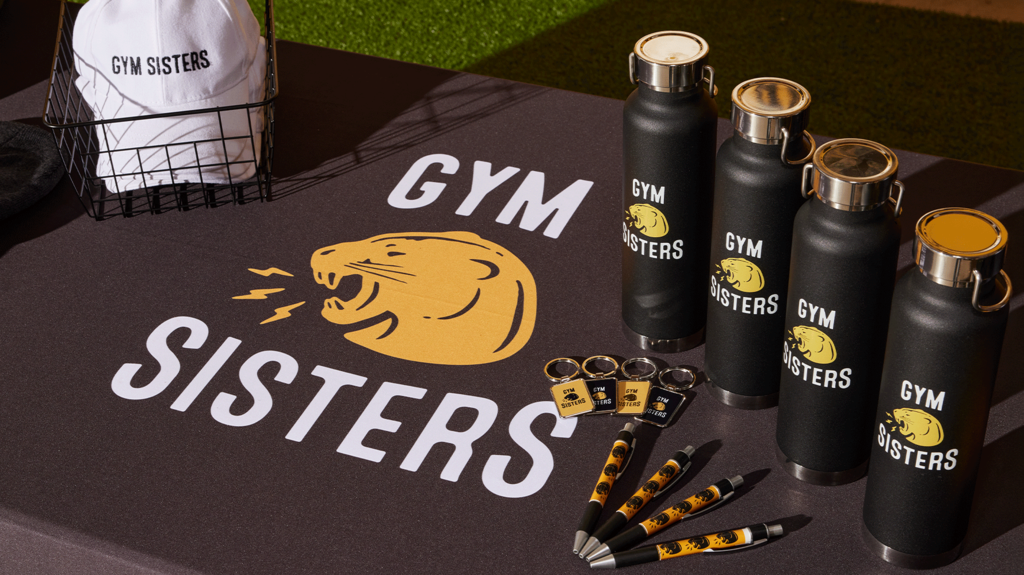
Where branding happens
Branding happens everywhere customers interact with you:
- Online
- In store
- On packaging
- At events
- On social media
- On team uniforms
Every touchpoint reinforces your brand story, so ensure you apply branding consistently.
How to choose the right branding mix
Most small businesses combine a few types of branding. Follow these steps to choose the right branding mix.
Step 1: Identify your target audience
Define who your target market is and what they care about. Understanding demographics, wants, needs, painpoints, motivations and buying behaviors helps build a brand that feels relevant to your audience.
Step 2: Do market research
Research competitors, customer reviews and social trends to learn how your target audience currently discovers and evaluates businesses like yours. This helps you position your brand in a way that stands out.
Step 3: Start with the touchpoints they use most
Focus your branding efforts where your audience engages first, such as social media, local events or packaging. Prioritizing key touchpoints helps you make a strong impression from the first interaction.
Step 4: Create a simple brand guide to stay consistent
Document your brand colors, fonts, tone of voice and logo usage rules. Brand consistency builds recognition and trust, especially as your business grows.
Branding FAQs
How can I brand my business on a budget?
Start with just a few branding essentials that make your business look polished, such as a professional logo and cohesive brand colors. You can use free tools like the VistaPrint Logomaker to design a logo, then apply it to business cards, signage and social media graphics to build brand recognition quickly and affordably.
How do I choose the right types of branding for my business?
Consider where your audience spends time and what influences their buying decisions. If people find you through social media, focus on online branding first. If you rely on local foot traffic, invest in signage and retail branding. The best approach is a mix of two to four branding types that match your most important touchpoints.
What is the difference between branding and marketing?
Branding shapes perception, while marketing drives action. Branding builds your identity and reputation so customers know what you stand for. Marketing shares that unique identity through strategies, campaigns and messaging designed to spark interest, generate traffic and increase sales.
How does consistent branding build trust?
Customers feel more confident choosing a business when it looks and sounds the same everywhere. When your website, packaging, social media, signage and staff uniforms all align, it signals reliability and professionalism. Consistency also reinforces memory, so people recognize and remember your business.
